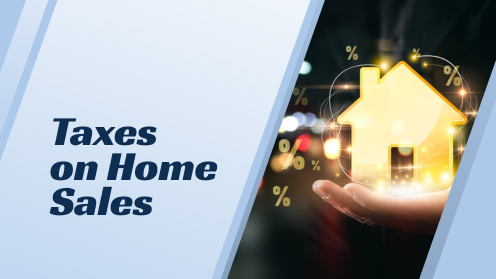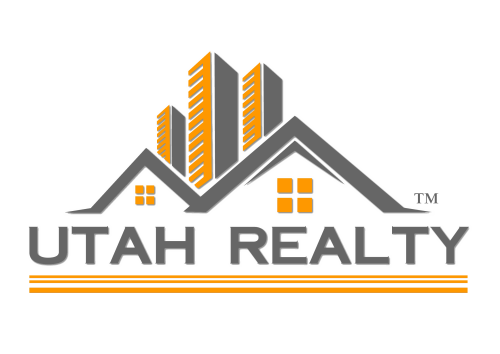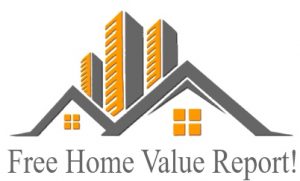Household debt in Utah rising at one of the fastest rates in the nation
A report reveals that Utah has one of the highest rates of household debt growth in the U.S., with residents adding over $1 billion in debt between the second and third quarters of 2024. The average household increased its debt by more than $1,000, ranking just behind...

Tips for Cutting Costs: Boost Savings for Home Buying!
Create a budget by listing income sources, tracking spending, and identifying non-essential expenses to reduce. Set financial goals by researching housing markets, breaking down savings into monthly or yearly targets.

Will You Owe Taxes When You Sell Your Home?
Homeowners may owe taxes if their profit exceeds the exclusion limits when selling their home. Single filers can exclude up to $250K in profits; couples filing jointly can exclude up to $500K.
Mortgage Calculator: How Much You Need To Buy a Home in Utah at a Rate of 6.60%
The average rate on a 30-year mortgage has decreased to 6.60%. In Utah, the median home price is $595,000, requiring a 20% down payment of $119,000, resulting in a monthly payment of $3,040. With a 10% down payment, the upfront cost is $59,500, leading to a monthly...

Existing-home sales rose slightly during February after two consecutive months of regression.
Total existing-home sales increased by 3 percent last month to a seasonally-adjusted average of 5.54 million, according to the National Association of Realtors. Sales are up 1.1 percent from a year ago.
Buyer demand remains strong thanks to a healthy economy spurred by job growth and wage increases. While inventory levels are still low, they took a step in the right direction last month. Total housing inventory increased by 4.6 percent in February to 1.59 million existing homes for sale, per the NAR. However, inventory levels are down 8.1 percent compared to last year and has fallen year-over-year for 33 straight months.
Properties remained on the market for an average of 37 days last month and 46 percent of homes sold in February were listed for less than a month, per the NAR.
Housing affordability is becoming a concern as median existing-home prices continue to rise. The median existing-home price was $241,700 in February, an increase of 5.9 percent compared to February 2017.
Mortgage rates are also rising in tandem with home prices. The average commitment rate for a 30-year, conventional fixed-rate mortgage increased for the fifth straight month to 4.33 percent in February. That’s the highest rate since April 2014, when it was 4.34 percent.
NAR Chief Economist Lawrence Yun believes supply must start catching up to demand soon to balance the market.
“Mortgage rates are at their highest level in nearly four years, at a time when home prices are still climbing at double the pace of wage growth,” Yun said. “Homes for sale are going under contract a week faster than a year ago, which is quite remarkable given weakening affordability conditions and extremely tight supply.
To fully satisfy demand, most markets right now need a substantial increase in new listings.”
Yun believes unseasonably cold weather played a role in muting sales last month, particularly in the Northeast and the Midwest. Mother Nature could impact home sales in March as the Northeast braces for the fourth winter storm to cripple the region in roughly three weeks.


